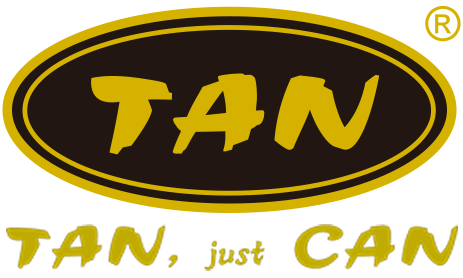There are numerous scenarios in daily life where it is not easy to obtain food, and these situations often bring inconvenience or even trouble to people. Here are some common scenarios:
Long-Distance Travel Scenarios
When people are traveling on long-haul flights, trains, or buses, it is not easy to get fresh, delicious, and personalized food. On airplanes, although airline meals are provided, they usually have a limited variety, and due to the flight environment, the taste and freshness of the food may be greatly compromised. For passengers with special dietary requirements, such as vegetarians and diabetics, it may be difficult to find meals that fully meet their needs. During train travel, except for a few high-speed rail lines that offer more diverse catering services, the food supply on ordinary trains is often limited to simple instant foods like instant noodles and sausages. Moreover, the dining car service hours are limited, and if you miss the meal time, you can only go hungry or rely on the few snacks you brought in advance. It is even more so on long-distance buses. In many cases, there are no suitable dining places at the stops along the way, and passengers can only barely satisfy their hunger with the food they bought before boarding.
Outdoor Adventure Scenarios
For those who like outdoor adventures, such as mountain climbing, jungle trekking, and desert exploration, obtaining food in the wild is a huge challenge. In the deep mountains and forests, you may be far away from human settlements, with no shops or restaurants around. Even if you carry some dry rations, they may run out early due to extended trips or unexpected situations. Moreover, in the outdoors, it is difficult to use regular cooking equipment to process raw ingredients into cooked food. In the desert, water is scarce and food preservation is even more difficult. Besides the limited high-energy and easily preservable dry rations you bring, there are almost no other ways to obtain food. Once the reserves are insufficient, you will face the threat of hunger.
Busy Work Scenarios
In the modern fast-paced work environment, many people often face situations where they are too busy to eat. For example, office workers in industries such as finance, the Internet, and healthcare may be stuck in the office or at their workstations for several hours or even the whole day when they are rushing to complete projects, attending emergency meetings, or dealing with sudden medical situations. They have no time to go to the cafeteria or go out to buy food. Even though there is a takeout service, during peak hours, the takeout delivery may be delayed, and relying on takeout for a long time also raises concerns about hygiene and unbalanced nutrition. And they don't have time to prepare healthy meals themselves, making eating a difficult problem.
Working or Living in Remote Areas Scenarios
In some remote mountainous areas, islands, border areas, etc., due to the remote geographical location and inconvenient transportation, it is quite difficult to obtain food. These places may have weak infrastructure, with no large supermarkets or vegetable markets, and the supply of fresh fruits and vegetables and other ingredients is limited. Residents often can only rely on regular material transportation to obtain some basic living materials, including food. Moreover, when encountering bad weather, traffic disruptions, etc., the material transportation is blocked, and the problem of food shortage will become more prominent.
Emergency Scenarios
In the event of natural disasters such as earthquakes, floods, and typhoons, or other emergency situations such as being suddenly trapped somewhere, the normal food supply channels will be cut off. Supermarkets and stores in the affected areas may be damaged, and the traffic is paralyzed, making it impossible for people to buy food as usual. And for the trapped people in a limited space, if they don't have enough food reserved in advance, they will soon face the threat of hunger. At this time, obtaining food becomes a crucial issue related to survival.
There are various scenarios where it is difficult to obtain food. These scenarios highlight people's need for convenient, easily preservable, and nutritious food, and also prompt the food industry to continuously innovate and develop products that can better adapt to these special situations.




采访刊发中国罐头⾏业-01.jpg)


